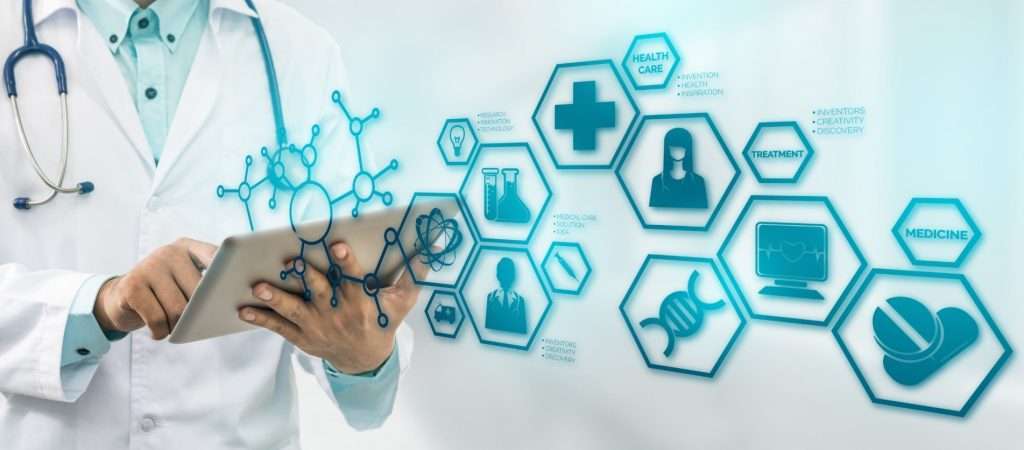As per the Institute on Aging, the percentage of older adults among the US population is steadily increasing. Senior citizens are expected to account for 20% of the US population by 2030, up from 13% in 2010. Among the older adults, those living beyond the age of 85 constitute the fastest growing age group. However, this has created new challenges. According to the National Council on Aging, around 77 percent of older adults suffer from at least one chronic disease, most common among these being heart disease, stroke, diabetes, and cancer. US Interest Group AARP found that over 90 percent of American senior citizens live alone in their own homes despite suffering from a deteriorating health condition. Among the older population that lives alone, these illnesses lead to depression and suicides.
Clearly there is a need to help improve the quality of life for our senior citizens. Personal Emergency Response Systems (PERS, and its mobile counterpart mPERS), have become a critical part of elder care. They are an effective support mechanism that allows senior citizens to stay connected with emergency response centers and contacts 24×7. However, PERS is still limited to first responders reaching the patient physically to provide necessary care. Telehealth services helps close that gap through remote access to the appropriate care provider. When PERS and Telehealth services combine, help is just a click away!
PERS generates call to action
Connected 24×7 to manned call centers as well as friends and family, PERS devices can activate help requests through voice commands or through the click of a button. Almost all PERS devices now support two-way voice calls and are location aware, so that first responders can locate the person who needs help. Apart from senior citizens, PERS devices also find widespread application in supporting lone workers, students, patients in need of home-care and even high net worth individuals.
Telehealth offers easy access to healthcare providers
Telehealth (or Telemedicine) is the delivery of healthcare services via telecom / digital communication channels. A Teleheath service provider can connect a user / patient with a physician / PA / RN instantly and 24×7. America’s Health Insurance Plans (AHIP) Institute and Expo conducted its 2019 Senior Consumer Survey which indicated that 52 percent of Americans aged 65+ are willing to use Telehealth services. Faster service, cost-effectiveness, convenience, and better access to healthcare professionals were cited as leading reasons that made respondents choose Telehealth over traditional healthcare facilities.
PERS + Telehealth – How the convergence is expected to work
The PERS-Telehealth combination extends the spectrum of easily and instantly activating emergency response to actual access to virtual doctors and nurses. But the combined capabilities can also help deliver many preventive measures ranging from self care education to tracking vitals and and sending medication reminders.
PERS and Telehealth are two separate services, but their combination is powerful and can ensure instant patient handling with better patient outcomes. This collaboration is expected to bring about a huge transformation in the healthcare system and help older citizens lead an independent life free from anxiety, with the assurance that help is readily and instantly available as and when they need it.
How can Bridgera help
Bridgera has been developing custom smart digital healthcare solutions for its customers using leading edge technologies like IoT, Analytics, Mobility and Cloud. Our technology platform can be easily customized and configured to support new solutions that integrate PERS devices with Telehealth services. We can cut down your time to market significantly by helping you with quick prototyping using our Digital Twin capability.
Please CONTACT today to accelerate your IoT journey with us.

